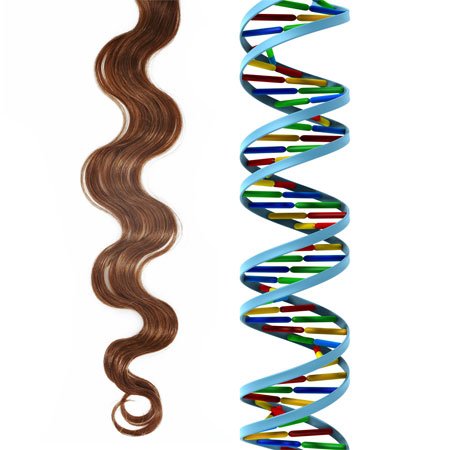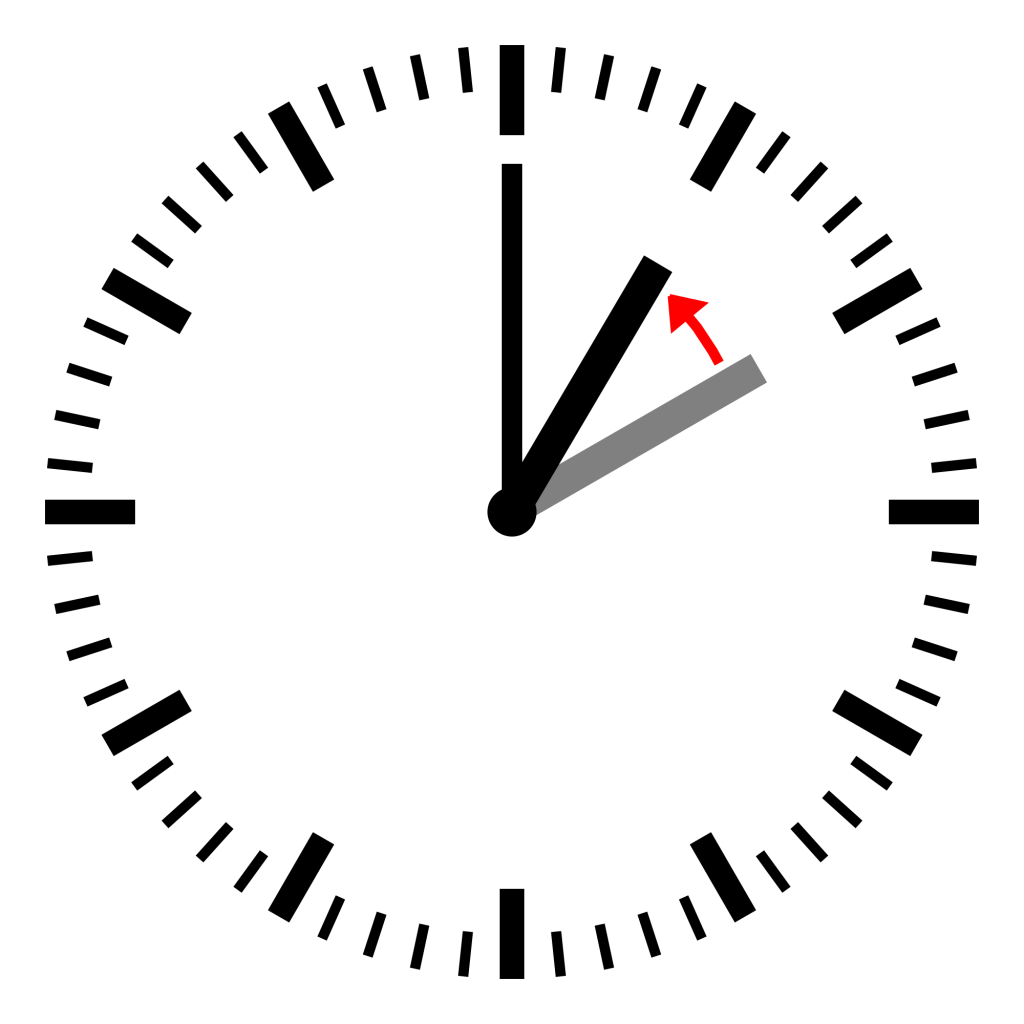All DNA tests that seek to determine a biological relationship between people normally utilize saliva samples collected by means of oral swabs. The term “saliva sample” is itself misleading as saliva does not contain any genetic material. The genetic material actually consists of exfoliated epithelial cells collected by the rubbing motion of the oral swab against the inner membranes of the mouth. Whilst this may be the standard means of collecting DNA, a number of can be used in
cases when a test participant is unavailable for the test which are often referred to as forensic samples, perhaps a misnomer again but termed so as they are very much the type of samples collected at crime scenes.
What type of samples get analyzed
The types of DNA samples analyzed are several and include blood stains, semen stains, nail clippings, teeth or bones. Different samples offer different success rate and the chances of extracting sufficient genetic materials from some samples are higher than with other samples and enable analysts to successful extract the relevant DNA regions. Medical blood draws, semen stains, bones and teeth offer the highest success rate followed by finger nails or toe nails. Levels of genetic material in such samples
is high and given the sample is not subject to any extreme temperature or chemicals, the DNA should remain intact (although time is a factor that needs to be considered as older samples may prove more challenging).

Genetic analysis seeks to confirm matches on extracted DNA makers match those from a known DNA sample. Multiple matches would strongly indicate the markers from the known genetic source and the markers extracted from another source are from the same person.
PCR & RFLP
There are a number of methods used for analyzing genetic material. DNA testing companies will often not go through the in-depth genetic sequencing used during criminal investigations as this would make be counter-active to keeping the tests cost-effective. With actual forensic criminal investigations, resources invested in genetic sequencing may be far higher.
Restriction Fragment Length Polymorphism or RFLP is a type of analysis that requires large quantities of genetic material. This method seeks to analyze varying lengths of DNA. An enzyme known as HAE III is used to indentify repeated sequences of base pairs on the genetic material analyzed (for example, AATT). This method has been almost entirely replaced by PCR (polymerase chain reaction). What scientists seek to establish is a match between RFLP band sizes in two DNA to conclude they are from
the same person.
PCR allows forensic scientists to analyze the minutest and degraded samples of DNA. It allows scientists to reproduce thousands of copies of genetic material from a tiny initial sample. The only challenge with PCR is ensuring that the primary sample provides an adequate amount of uncontaminated DNA.
Hair DNA samples
The most misleading sample is probably hair. A human cell contains two types of DNA: Nuclear DNA and Mitochondrial DNA. The vast bulk of relationship tests require analysis of nuclear DNA. However, nuclear DNA is not found in the hair shaft but in the hair follicle or the tissue adhering to the follicle. This means that will not be possible as paternity testing requires the analysis of nuclear DNA and the quantities of nuclear DNA are very small in a cut hair
samples. Nevertheless, analysts can extract mitochondrial DNA from cut or shed hairs as the human cells has many more copies of mitochondrial DNA then it has of nuclear DNA. Mitochondrial DNA has very limited uses and can in fact, only be used to determine a shared maternal line between two or more individuals. When it comes to criminal investigations, all scientists need is a tiny piece of tissue between the hair shaft and the hair root or what is known as a follicular tag. From this, they are able to extract nuclear DNA.


